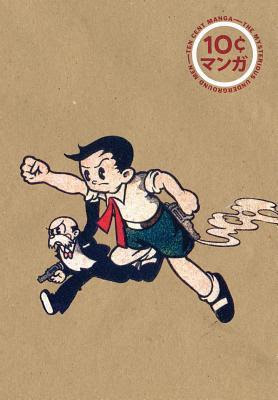 |
| ISBN: 978-0996421812 We Heard You Like Books |
"True Homosexual Experiences: Boyd McDonald and Straight to Hell" by William E. Jones (We Heard You Like Books)
A few months ago, I read this incredible book of film critiques by Boyd McDonald, called "Cruising the Movies." McDonald wrote on films that were played, usually very late at night, on the local TV station in New York City. This was before VHS even, so there wasn't a video tape he could watch, but he actually had to view these films in his one room hotel-like apartment in upper Manhattan sometime in the 1980s. Never mentioning the director, instead he focused on the stars that are in the movie. And usually beyond their acting skills, but mostly focusing on their ass, crotch, torso, and legs. For me, I thought that this was a very interesting way of looking at films. One can presume that Boyd McDonald, an incredible prose writer and thinker, was a homosexual.
The word "gay" has connotations that really don't fit in Boyd McDonald's world. For one, he had a zine in the 1980s (and still being produced by Billy Miller) that totally focused on anonymous readers who sent McDonald letters describing their homosexual sexual experiences and encounters. McDonald took his work very seriously. He was sort of a budget level version of Alfred Kinsey. Instead of obtaining information for an academic press, McDonald collected his 'narratives' and put it all in his zine "Straight to Hell."
Artist, filmmaker, and writer, William E. Jones, has written a magnificent biography and critical study on McDonald's life and work. A hardcore homosexual subject matter, I, as straight as I can, or may be, finds McDonald and this book totally fascinating. His "Cruising the Movies" is such a hardcore film geek book, but of a different kind. On one level, this is critique for the Homosexual's eyes and senses, yet, for me, it's an inside look into a hyper-world of sensuality that just exposes its sexual mores via the big screen, or for McDonald in the little more likely black and white set he had in his apartment. A recluse, ex-serious drinker, yet by all accounts a loving man to his nieces, is an incredible subject matter for a book. Jones captures that world, with his intelligence and his grasp on gay cultural history -it is really an one-of-a-kind biography.
The book is not a super in-depth bio, due that there is very little record of McDonald in existence, except for his work - which I suspect would please McDonald to a great degree. I'm just happy to be introduced to McDonald's writings, and clearly he is one of the great publishers, who worked in the shadowy zine world. Essential gay culture book, but also a fantastic look into the mind and talent of Boyd McDonald.
- Tosh Berman















































